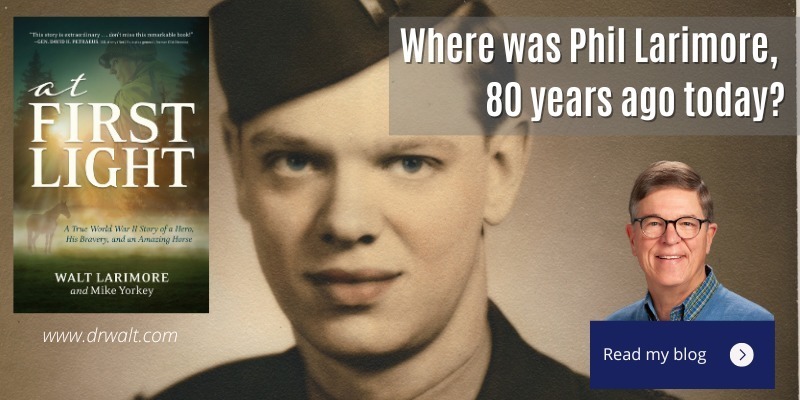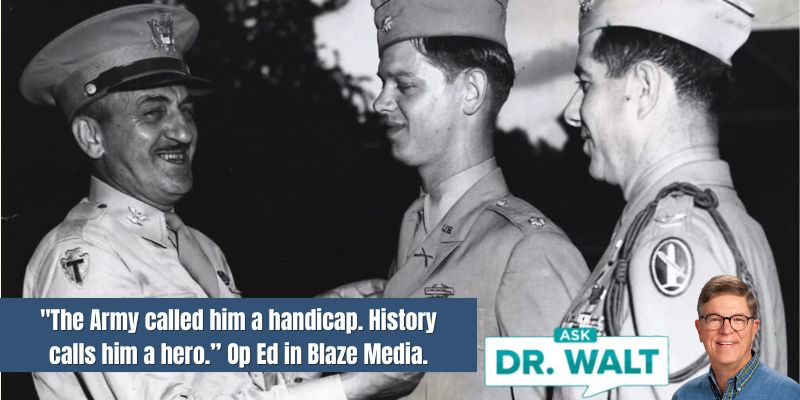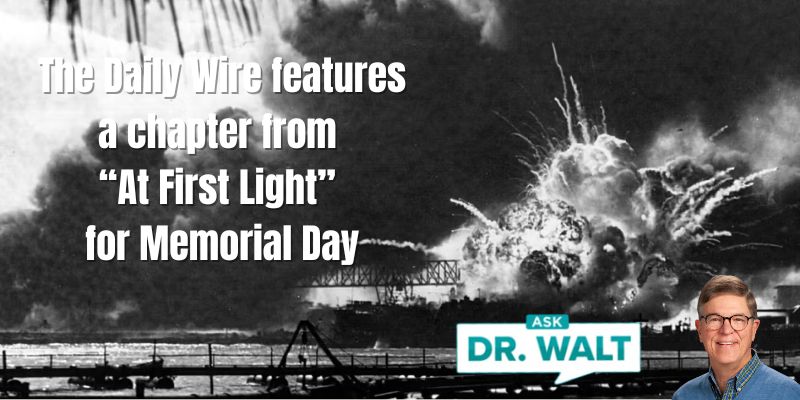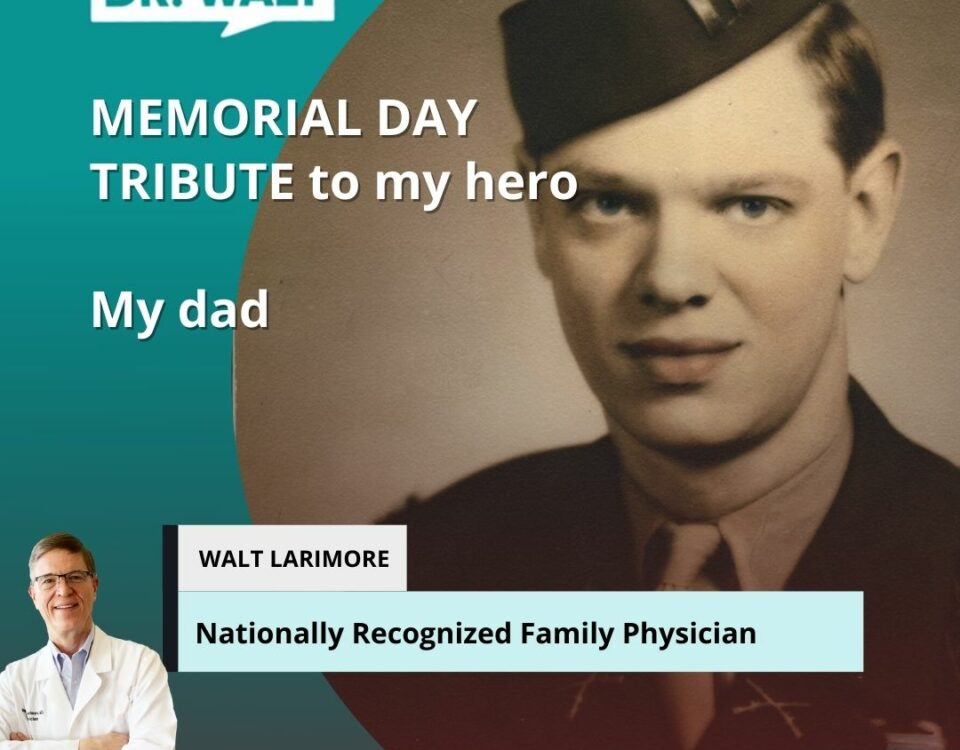
How to finally have successful New Year’s Resolutions – Part 2 – How can you succeed this year?
January 2, 2025
How to finally have successful New Year’s Resolutions – Part 3 – How to help your kids and grands succeed!
January 3, 2025January 2, 1945 — In Europe the winter fighting conditions were so terrible they can only be marveled at not really imagined
As to the cold, all suffered equally. How cold was it? So cold that if amend didn’t do his business in a hurry he risked a frostbitten penis. … It was so cold the oil in the engines froze. Weapons froze. Men pissed on them to get them working again, a good temporary solution but one that played hell with the weapon and potentially the penis.[1]

It was northern Europe’s coldest winter in forty years, making eastern France an absolutely miserable place to be outside. Dusk began around 1600 hours, and by 1645 hours, it was completely dark. First light didn’t come for another sixteen hours. Each day the wind blew like a gale, driving pellets of snow and ice into the men’s faces.
Temperatures were bitterly cold, with a high during the day barely reaching ten degrees Fahrenheit. Night temperatures plunged to minus ten degrees at times. [A temperature of minus 10 degrees occurring with a 20 mph wind would have given a wind chill near minus 35 degrees. This means that the bodies of unprotected men would have lost heat at the same rate as if the air temperature were minus 35 degrees with no wind. This would mean frostbite would be possible within 5 to 10 minutes.] Several feet of snow covered the ground. The battle to reduce the Colmar Pocket was stalemated because of the frigid temperatures, leaving the regiment dangerously and thinly extended over their broad front.[2]
~~~~~
Nights ranged from zero degrees Fahrenheit to minus ten below and lower. Men without shelter—other than a foxhole—or heat either stayed awake, stomping their feet, through the fourteen-hour night, or they froze.
The GIs, and the Germans opposite them, went through worse physical misery than the men of Valley Forge. All but forgotten today, the battle that raged through January was for the GIs among the worst of the war, if possible even more miserable than Hurtgen or Metz.
There was no glamour, little drama, zero. It was fought in conditions so terrible that they can only be marveled at, not really imagined. Only those who were there can know.
More than once in interviewing veterans of the January fighting, when I ask them to describe the cold, men have involuntarily shivered.[1]
~~~~~
It was fought in conditions so terrible
that they can only be marveled at, not really imagined.
Only those who were there can know.
~~~~~~
These were the combat soldiers of ETO [European Theater of Operations]. At this time they numbered about 300,000.
Perhaps half the enlisted were veterans, including replacements or men in divisions who had come into Battle in November or December and including many who have been wounded once or twice.
In the junior officer ranks, the turnover has been even greater, almost three quarters.
Still there was a corps of veterans in most of the divisions, including junior officers who had won battlefield promotions—the highest honor a soldier can receive, and the source of outstanding junior officers—and sergeants … survivors who had moved up when the original NCOs were killed or wounded.
These newly made lieutenants and sergeants, some of them teenage boys, most of them in their early twenties, provided the core leadership they got the U.S. army through that terrible January.
Eisenhower had under his command seventy-three divisions. Of the total, forty-nine were American, twelve were British, three Canadian, one Polish, and eight French.
He had forty-nine infantry, twenty armored, and four airborne divisions.
And against this, the Germans had seventy-six divisions. Some were second-rate, most traveled by horse or foot, all were understrength, a few were excellent.[1]
~~~~~
[1] Ambrose: Citizen Soldiers, 372.
[2] Larimore, At First Light, 180.
In case you haven’t read or listened to Dad’s book, you can learn more or order it here.
© Copyright WLL, INC. 2025.




